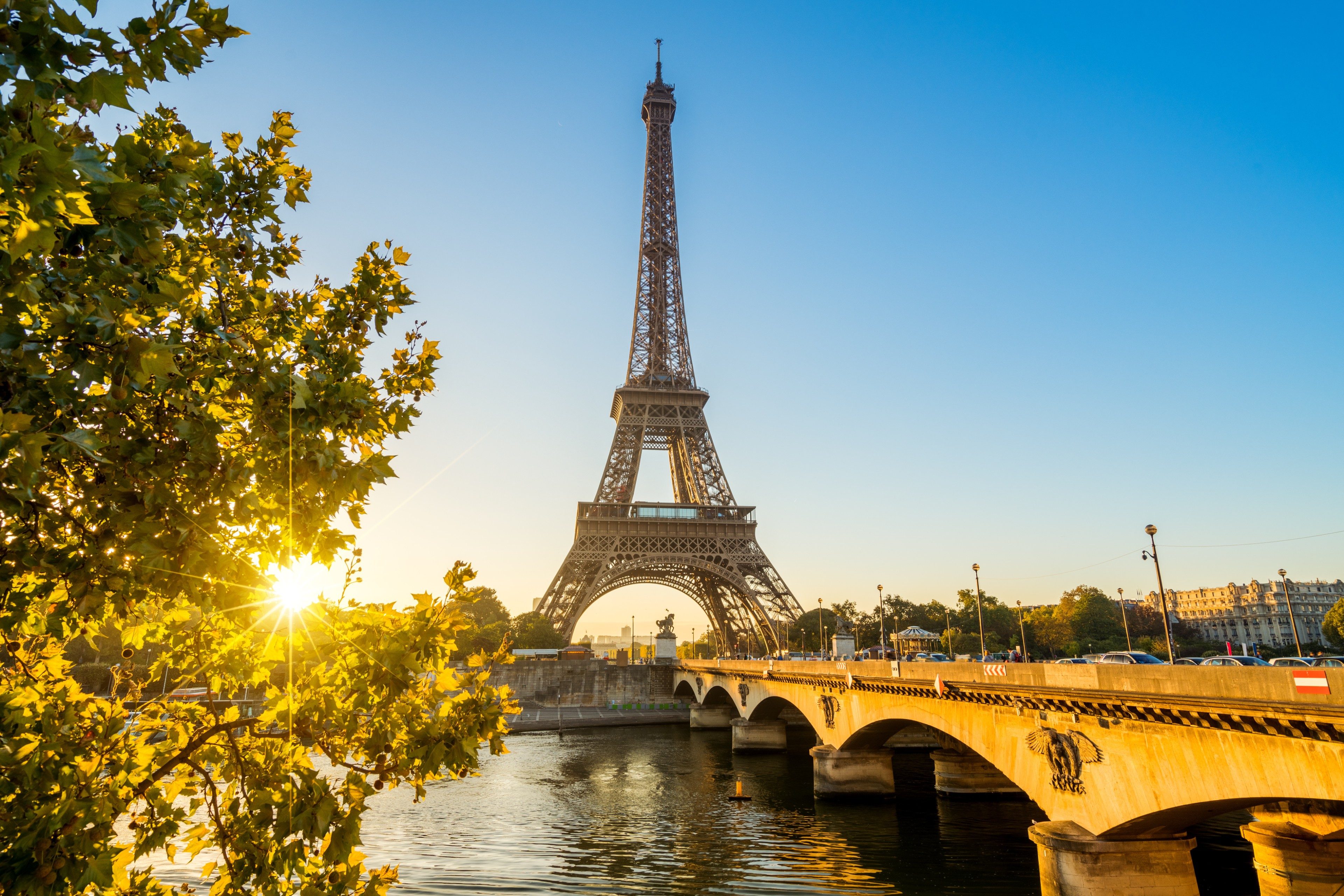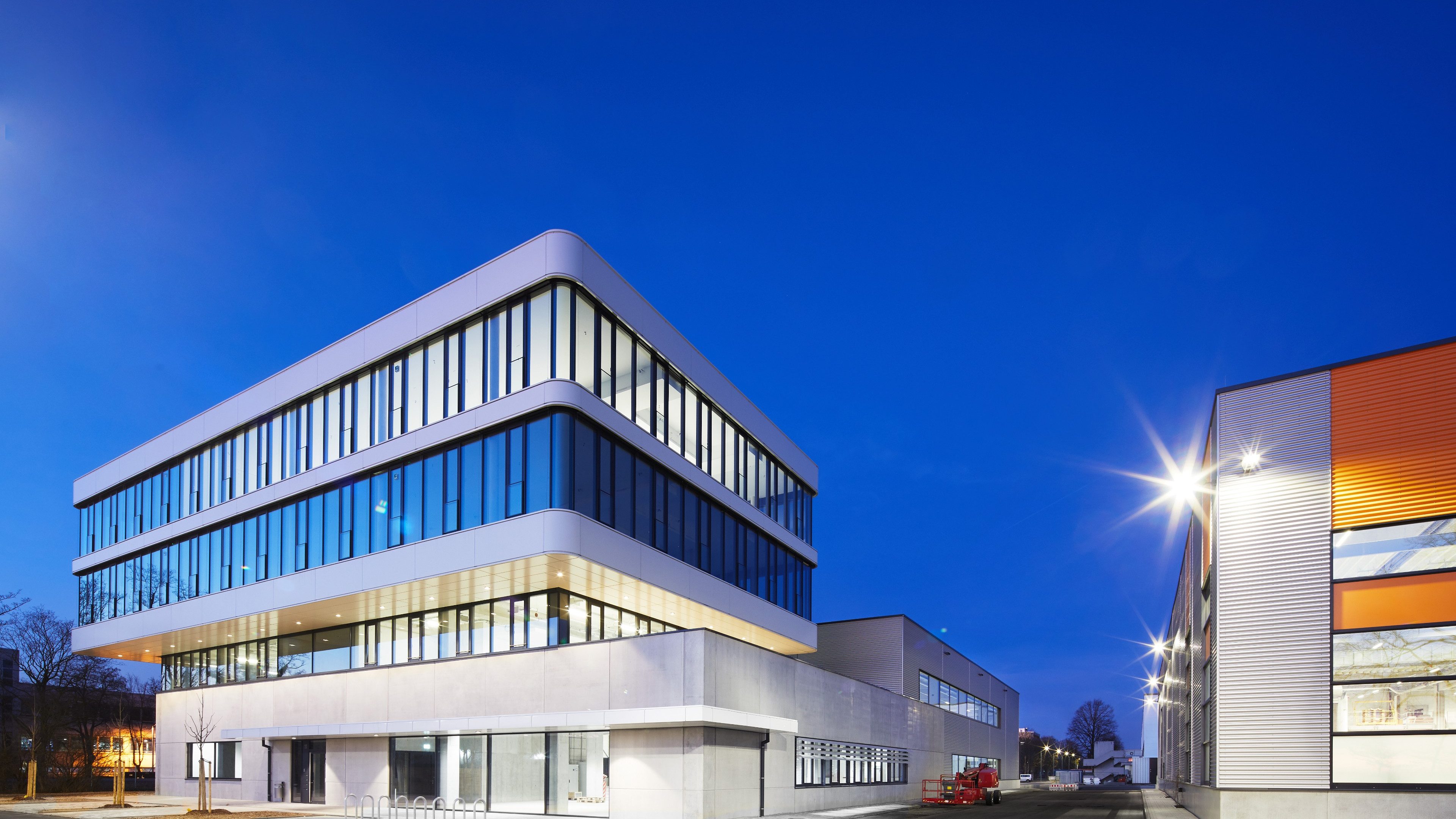Covid-19 has brought about a health, social and economic crisis that is speeding up pre-existing trends. This has major implications for urban mobility, how people work and how buildings are used. So how exactly is the epidemic affecting urban development and real estate in Greater Paris? What are the prospects today for different property segments and parts of the city?
The "Grand Paris" project, launched over a decade ago, aims to transform the Greater Paris area into a global metropolis. It seeks to achieve this by opening up outer areas to reduce inequality, developing modern infrastructure that better matches the urban spread, designing a sustainable city, and improving the living environment for its inhabitants. The health crisis has not altered these long-term objectives and commitments from public authorities or associated structural projects.
However, the economic impact of the pandemic is already visible and is likely to hit various business districts in the inner ring of Parisian suburbs. The Covid-19 shock to French GDP, which fell by 8.3% in 2020 and is expected to rise only modestly in 2021, could see businesses in the service sector maintaining a wait-and-see attitude towards their real estate needs.
Commercial districts that attracted speculative investment pre-crisis are naturally those that will suffer most. They include Saint-Ouen-Saint-Denis Pleyel and La Défense Cœur, where many projects that had yet to be let have lost their bank financing and many office buildings are standing empty.
Conversely, Nanterre-La Folie, Paris-Sud Bagneux and Paris Est Vincennes-Pantin-Bagnolet seem much better-placed to benefit from the crisis. These areas are much more suited to the cyclical and structural changes, with a greater urban mix. For example, a district like Terrasses de l'Arche (Nanterre-La Folie) is a good fit for post-crisis needs and forms of use, with lower-rise buildings, more green space and a balance between housing, offices and services that appeals to businesses and employees alike.


A comeback for the city's inner ring
In the residential real estate sector, the pandemic led to a global collapse in the construction of new homes in 2020, and building permits have not yet recovered. But beyond this cyclical development, the crisis has not caused a complete break with the past; rather, it has acted as a catalyst for megatrends.
Real estate supply and demand in Greater Paris will continue to be driven by a host of factors: the quest for space within the urban area, access to public transport, particularly through the Grand Paris Express Metro network (with the long-term ambition of making central Paris permanently car-free), greener neighbourhoods, and the development of "third places", i.e. coworking spaces within new housing developments. The upshot is that we are witnessing the return of the inner ring, which responds to people’s aspiration for high quality of life within central Paris.
A boost for co-living and design standards
Another strong trend is "co-living" – an alternative to traditional forms of housing and a phenomenon that has been boosted rather than hit by the crisis. This more flexible approach to living provides communities of workers or students with access to shared living spaces with customised service packages and flexible leases. Co-living responds to contemporary needs in a world where personal and professional progression are considerably less linear than they used to be.
Finally, the health crisis has actually strengthened design standards for buildings, be they residential, office or tourism properties. Energy efficiency, modularity and the ways in which people flow around buildings are top priorities. Now, more than ever, these factors appear more to be key to success in the real estate market.
A clear acceleration of existing trends
The pandemic is shaping our future and the scale of the crisis demands tremendous wisdom as to how we imagine the city and real estate of tomorrow. At the same time, it is likely that the challenges of soft mobility, decongesting the city centre, energy performance and adding conveniently located living and working space will be the main driving forces behind how Greater Paris develops in the coming decade.
Author : Fabrice Lombardo, Head Real Estate, Swiss Life Asset Managers France
First published in Les Echos 24 february 2021



